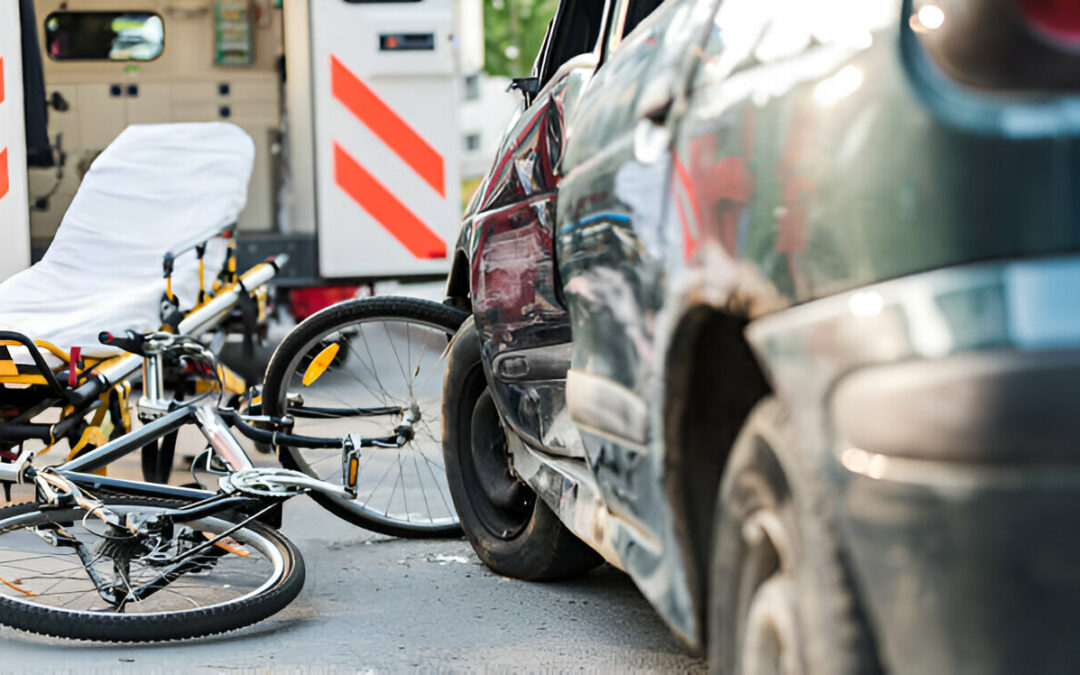Rear-end collision injuries range from mild to severe. In this article, we break down five of the most common.
It only takes a second, but the consequences can be devastating. Rear-end collisions happen for a variety of reasons, including distracted driving, following too close, and speeding. Some rear-end accidents may also cause a pileup. You never know when someone driving behind you may not be paying attention, and receiving proper medical care is critical not only for your health but also for any insurance claims you decide to file.
Learning about these five common rear-end collision injuries will help you get the treatment you need and the evidence required to prove your case.
5 Common Rear-End Collision Injuries
- Whiplash
- Herniated Discs
- Spinal Fractures
- Broken Bones
- Brain Injuries
1. Whiplash
Picture what happens when someone crashes into you from behind—your head snaps back violently, then forward. Whiplash is one of the most common rear-end collision injuries because it encompasses a variety of smaller injuries that occur in the muscle, bone, ligament, and cartilage tissues in the neck. The result can take weeks to heal, and sometimes it can lead to complications.
2. Herniated Discs
The discs that sit between the vertebrae in your spine have a very important job—they act as a cushion for your back and allow you the flexibility needed to move. In rear-end car accidents, one or more of your discs may become injured. A herniated disc occurs when the outer layer of the disc ruptures and allows the inner portion of the disc to bulge and press on the nerves surrounding the spine. The resulting pain can be excruciating.
3. Spinal Fractures
Spinal fractures following a rear-end collision can have severe consequences. When the bones of the spine break, they can push on, tear, or even sever the spinal cord, which can result in spinal stenosis or complete paralysis.
5. Broken Bones
Your spine is not the only bone susceptible to injury. Depending on the physics of your car accident, you may also suffer a broken arm, leg, rib, or skull. While your seatbelt and airbags are designed to protect you from severe injury, they can contribute to them, as well. Some fractures can be difficult to detect at first, so be sure to see a doctor after your accident.
6. Brain Injuries
One of the most severe consequences of rear-end collisions, traumatic brain injuries can lead to life-long problems that require prolonged care. Even a seemingly small collision can result in a concussion, which can be serious if you don’t seek medical care. If you suffer from a headache after an accident, don’t wait to seek medical attention.
How will you pay for your rear-end collision injuries?
Treatment following any accident can be expensive. If the insurance company is not paying what it should to take care of your injuries, you don’t want to wait to get legal guidance. Get in touch with the attorneys at Pacin Levine, P.A., today to start your financial recovery.












